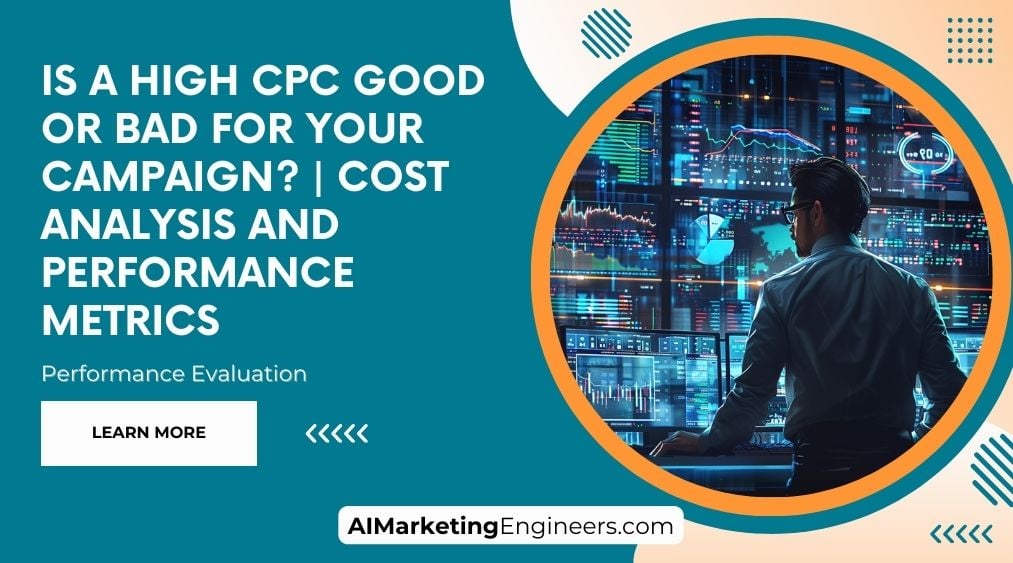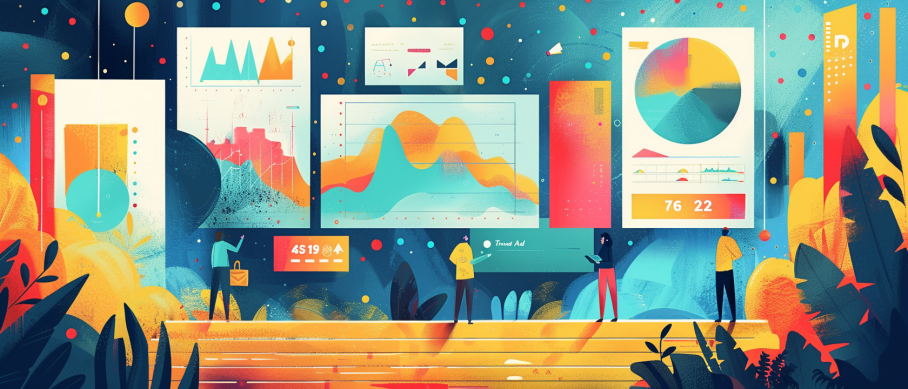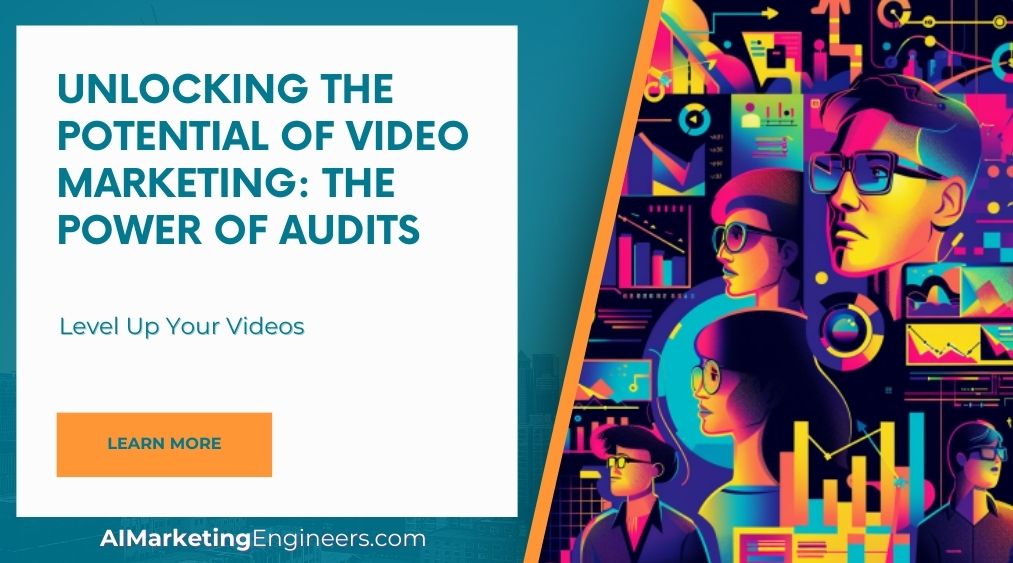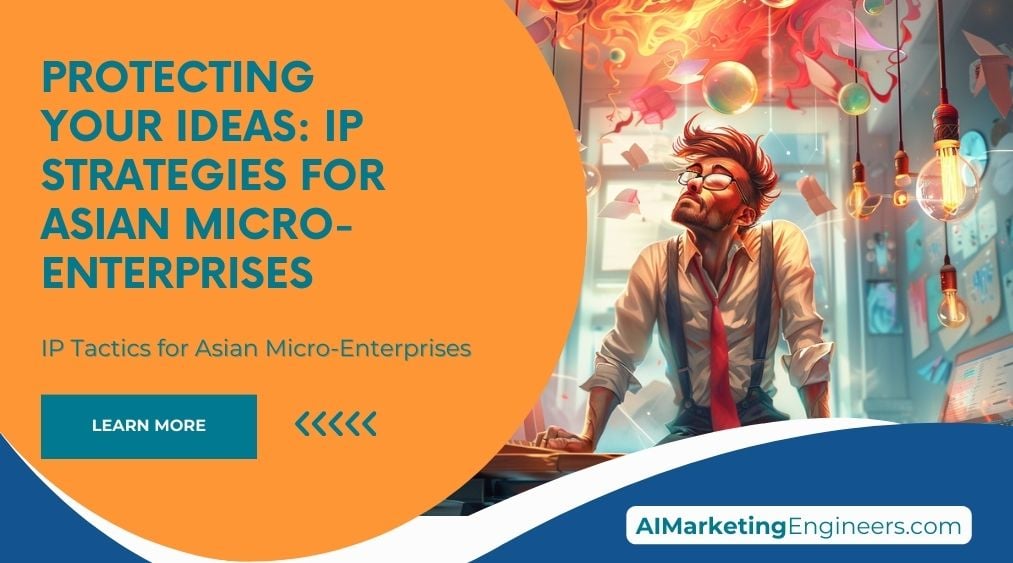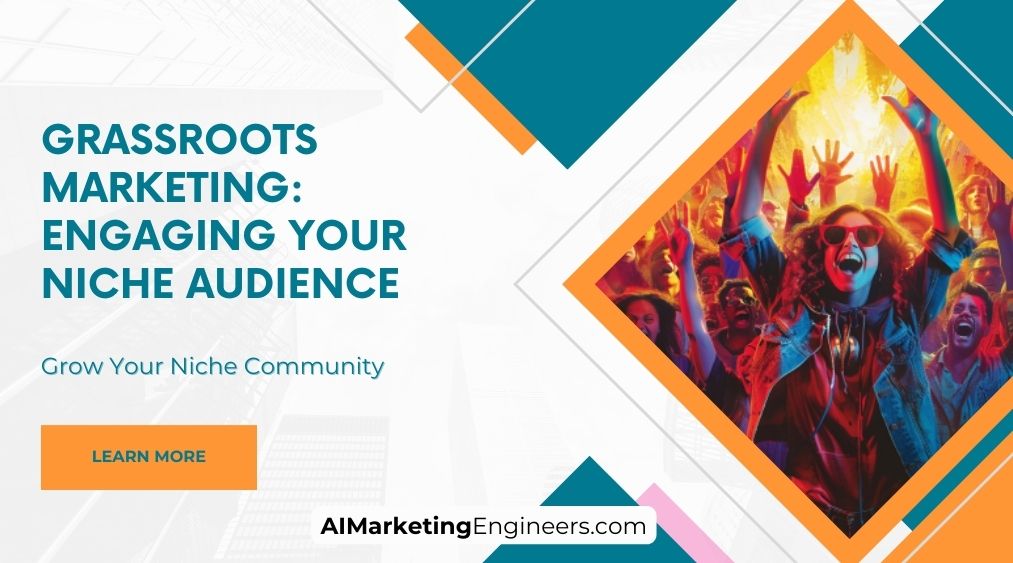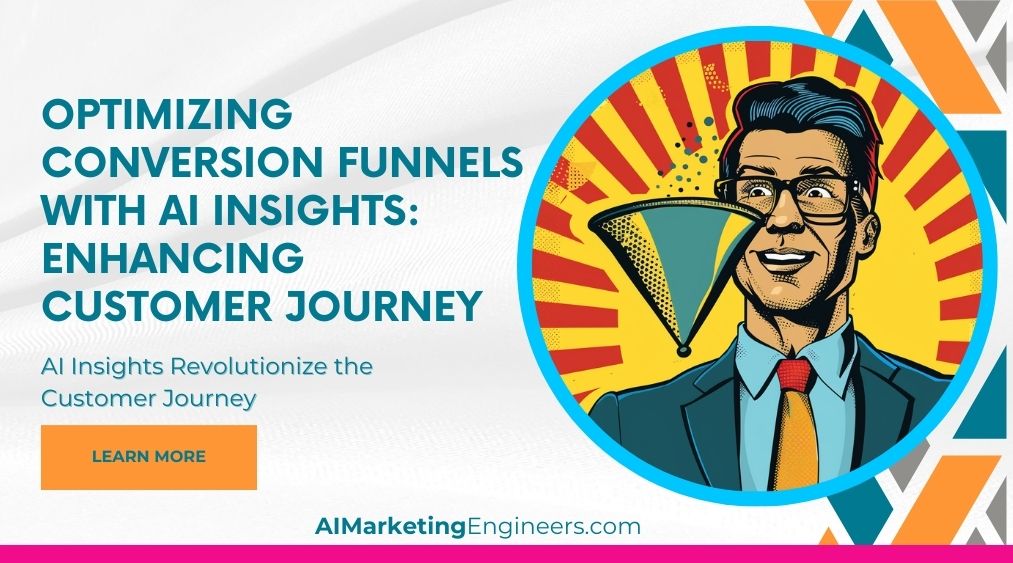Key Takeaways
✅ High CPC & Small Businesses: If you're running a tight ship with a modest budget, you might feel the pinch of high CPCs more acutely. Competing with the big fish means staying smart about your bids and looking for efficiencies wherever you can – every click should count towards a potential sale.
✅ Value Behind High CPC: Sometimes, shelling out more per click might actually be a sign you're on the right track. A high CPC could mean that the audience you're reaching is exactly who you want to be talking to – people ready to take action. Driving high-intent traffic is often worth the investment.
✅ Optimizing Your CPC Approach: When CPCs soar, don't sit back – optimize. Refining your campaigns can mean better Quality Scores, smarter keyword choices, and more strategic bidding. It's all about turning those high costs into high rewards by focusing on converting interested traffic into real business.
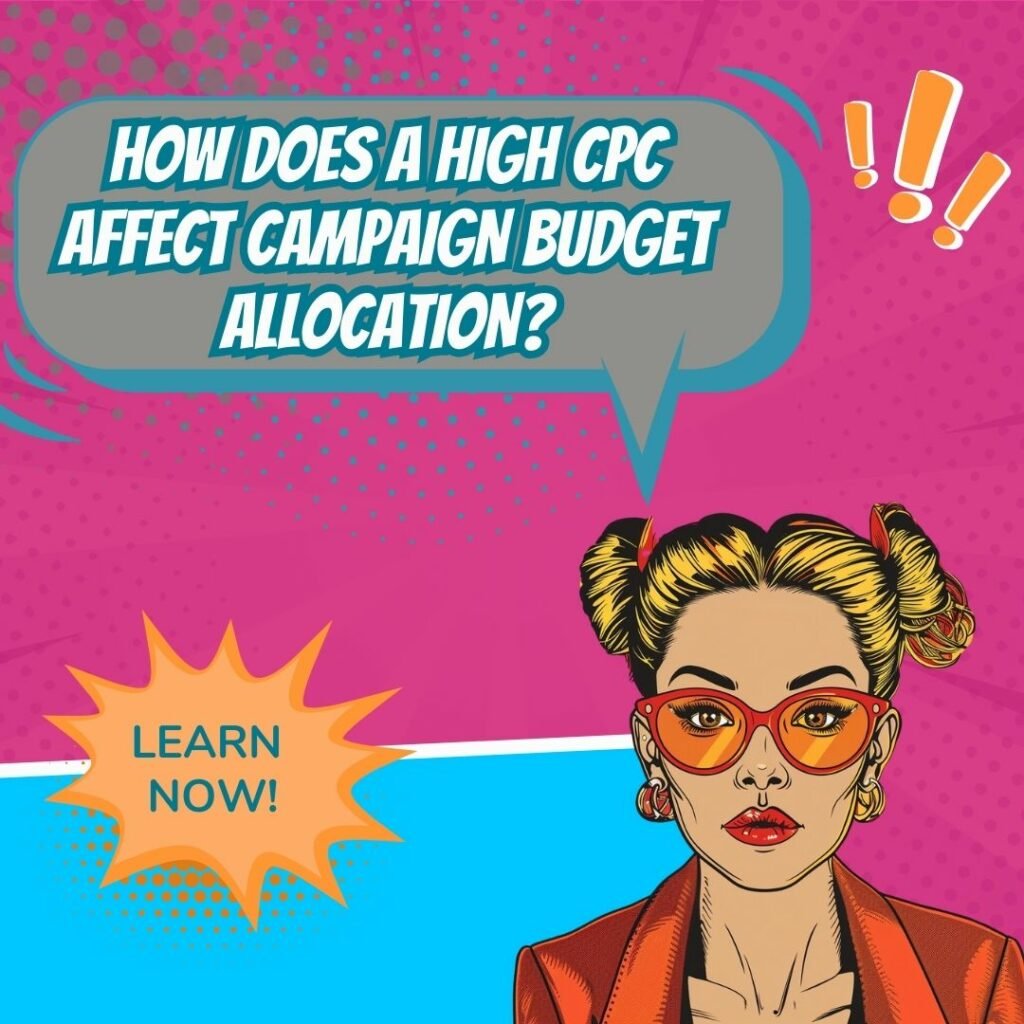
Introduction
Ever found yourself scratching your head, wondering whether a high Cost Per Click is a golden ticket or just a quick way to burn through your ad budget? In the world of digital marketing campaigns, CPC stands as a pillar—a critical KPI that can either pave the road to success or lead you down a costly detour.
But it's not all sunshine and roses. We’ll dig into the grittier side of high CPCs—the side that could be eating into your profits and throwing your ROI off balance. This isn't a one-size-fits-all realm, and our cost analysis will empower you to identify the optimal CPC range that syncs with your campaign goals.
By fusing performance metrics with tried-and-true optimization strategies, you can craft a campaign that's not just a player, but a high scorer in the click-through game. The quest for a cost-effective campaign that doesn't compromise on performance ends here. Get ready to unlock actionable insights and innovative strategies that can make high CPC work in your favor—or reveal when it's time to cut back. You're on the brink of transforming clicks into cha-chings. Let's dive in!
Top Statistics
| Statistic | Insight |
|---|---|
| Industry-Specific CPCs: The average CPC for the Legal industry is $6.75, while for E-Commerce it is $1.16. | A stark reminder that costs can heavily depend on your industry's competitive landscape. |
| CTR Impact on CPC: A higher CTR can significantly reduce CPC, while a lower CTR can increase CPC even if CPMs are low. | Understanding this relationship can be the key to cost-efficient campaign adjustments and optimizing performance. |
| Quality Score Impact on CPC: A higher Quality Score can lower CPC, while a lower Quality Score can increase CPC. | Quality Score is a reflection of relevance and user experience, being central to maintaining cost-effective campaigns. |
| Average CPC Rates: The average CPC rate for Google Ads (Search) is $0.67, while for Google Ads (Display) it is $2.32. | Navigating between different platforms requires a strategy tailored to their unique conversion potentials and user behaviors. |
| Rising Platform Competition: The increase in digital advertising competition has led to higher CPCs during the COVID-19 pandemic. | This means advertisers should be prepared to innovate and adapt quickly in the face of evolving market conditions. |
Understanding Cost Per Click (CPC)
Cost Per Click (CPC) is the price you pay each time someone clicks on your ad. It's a term that often bubbles up when discussing Google Ads or other pay-per-click (PPC) platforms. Imagine a cash register ringing up each time a potential customer takes interest in your advertisement, that's essentially what happens digitally with CPC. This metric is crucial for budgeting and planning your marketing expenses. Additionally, it provides insight into the competitiveness of your chosen keywords.
How CPC is Calculated
The calculation of CPC sounds complicated, but it's actually quite simple: take the total cost of your clicks and divide it by the number of clicks received. For instance, if you spend $100 on a campaign and receive 100 clicks, your CPC would be $1. It's a straightforward way to gauge what you're forking over for digital traffic. Understanding this calculation helps in adjusting your budget for better campaign efficiency. It also allows for real-time adjustments to improve cost-effectiveness.
The Importance of CPC in Digital Marketing
CPC is a vital statistic in digital marketing, acting like a compass for campaign strategy. It gives you a window into how much you're spending to draw in visitors, and when you look at it alongside conversion rates, you start to understand the balance of expenditure versus earning. Consider this: a low CPC with a high conversion rate is the dream scenario for any marketer. This metric also helps in comparing the effectiveness of different campaigns. Moreover, it aids in identifying which ads are providing the best return on investment.
The Benefits of High CPC
A high CPC isn't always bad news. It often means your ad is reaching a targeted audience, and these folks are more likely to convert into customers. It can offer a competitive advantage and skyrocket your brand visibility in crowded digital spaces. Plus, they bring more than just clicks; they bring high-quality leads, ramping up your revenue potential. High CPC can also reflect the value and competitiveness of the market you’re targeting. Additionally, it can help in building a strong, loyal customer base.
The Drawbacks of High CPC
On the flip side, a high CPC can drain your wallet and leave you with tight budget constraints. A costly click with a low return is like a leak in a boat; it won't sink you right away, but over time it's a problem. And if you're overbidding for top advertising slots, you could be throwing money at an ineffective strategy, resulting in decreased ROI and profitability. This situation requires constant monitoring and adjustment to avoid financial losses. It’s crucial to balance high CPC with effective conversion strategies to justify the cost.
Analyzing the Cost Effectiveness of High CPC
To ensure you're not pouring money down the drain, turn to metrics like Return on Ad Spend (ROAS) and Cost Per Conversion (CPA). They help paint a clearer picture: Are you getting enough bang for your buck? Understanding the optimal CPC range for your campaigns can be the difference between a profit-generating machine and a financial fiasco. Regularly reviewing these metrics can highlight areas needing improvement. This analysis can also guide budget reallocations to maximize returns.
Key Metrics Beyond CPC
True, CPC is important, but don't get tunnel vision. Conversion Rate, Cost Per Conversion, and Return on Ad Spend are just as crucial in the bigger picture. Metrics like Click-Through Rate (CTR) and Quality Score can help fine-tune your campaigns, ensuring that you're not only getting clicks but the right kind of engagement. These additional metrics provide a more comprehensive view of campaign performance. They also help in identifying the strengths and weaknesses of your marketing strategy.
Strategies for Optimizing CPC
Reducing CPC while maintaining campaign performance is like a tightrope walk. Effective strategies, including ad copy optimization, sagacious keyword research, and smarter bidding strategies, can make all the difference. It's a constant game of adjustment, monitoring, and refinement to ensure that both your CPC and campaign performance strike the perfect balance for success. Utilizing A/B testing can also identify the most effective ad elements. Keeping up with industry trends and competitor strategies can provide additional insights for optimization.
Mastering CPC for Digital Marketing Success
In a world where digital marketing commands the attention of businesses and consumers alike, knowing how to wield CPC effectively can place your brand at the forefront of the market, or at the very least, save you from a budgetary black hole. Knowledge and constant vigilance are your allies in the quest for CPC optimization. Regular training and staying updated with the latest tools can enhance your marketing strategies. Building a skilled team dedicated to monitoring and optimizing CPC can also lead to sustained success.
AI Marketing Engineers Recommendation
Recommendation 1: Analyze Your Conversion Value Against High CPC: A High CPC isn't inherently good or bad; it becomes relevant when placed against the value of your conversions. Dive into your analytics and calculate your average conversion value. If you find that you're paying more on clicks than the value those clicks bring, it's time to reassess your campaign strategy. Recent data shows that industries with higher value conversions, like legal services or education, can justify higher CPCs. Do your conversions justify the cost?
Recommendation 2: Competitor Benchmarking for CPC Strategy: Gauge the effectiveness of your High CPC by benchmarking it against your competitors. Use industry metrics to see where you stand: are you paying more for less, or are you getting the best value for each click? Industry reports can guide you on average CPCs — for example, WordStream cites the average CPC in AdWords across all industries is about $2.69 for search and $0.63 for display. If you're paying significantly above average, look at your campaign quality and targeting to improve your CPC.
Recommendation 3: Employ Smart Bidding Strategies with AI Tools: Implement intelligent bidding strategies by leveraging AI tools such as Google Ads Smart Bidding, which uses machine learning to optimize for conversion value in each auction. This approach helps ensure that your bid amount is in line with the likelihood of conversion, potentially lowering your High CPC while maintaining or increasing conversion rates. Tools like these evaluate countless signals in real-time, increasing the chance for your ad spend to translate into valuable customer actions.
Relevant Links
- Revolutionize Your Marketing with AI Technology
- Master Baidu SEO and Outshine Your Competition in China
- Deciphering Consumer Journeys in China's Digital Arena
- Performance Metrics That Lead to PPC Triumph in China
- Strategies for Power Performance Marketing in India
Conclusion
When weighing the impact of a high Cost Per Click (CPC) on your marketing efforts, it all boils down to the return you see on that investment. No two ways about it: CPC is a vital metric in digital marketing, essentially telling you the price tag of each click in your pay-per-click campaigns. It gets calculated by diving your total ad spend by the number of clicks obtained, shaping your understanding of how much you're spending to capture attention. A hefty CPC might signal that your ads pull in high-value customers, leading to better conversion rates and potentially more revenue. In these scenarios, spending more can indeed be a smart choice. It's about getting your offers in front of a targeted audience, snagging those quality leads, and making your brand stand tall amid the competition.
However, more money leaving your pocket doesn't always mean more cash coming back. High CPC can erode your budgets, particularly if the increased cost isn't followed by increased profits – meaning, your ROI could take a nosedive. What’s more, if your campaign is plagued with high costs and low conversions, it might be time to rethink your strategy to avoid wasting precious resources. Effective cost analysis and performance metric evaluation is essential. Are you making more in revenue than you’re spending on clicks? Tools like ROAS and analyzing your CPA help you pinpoint if you’re hitting the mark. Don't fixate on CPC alone; consider other metrics like Conversion Rate and Click-Through Rate to optimize your campaign’s overall health.
At the end of the day, optimized CPC isn’t about reaching the lowest number; it's about finding the sweet spot that aligns with your campaign goals and budget. Through continuous monitoring, keyword research, and fine-tuning your ad copy, you can steer your campaign towards success—achieving a comfortable balance without sacrificing performance. So, as we consider our initial question—is a high CPC good or bad?—the answer is nuanced. It requires a hard look at your specific outcomes, a dash of number crunching, and a commitment to optimization. Adapt and evolve, and you may just find that sweet spot where your CPC contributes to, rather than detracts from, your campaign’s success.
FAQs
Question 1: What is CPC?
Answer: Think of CPC as the price tag of your ad clicks. Every time someone clicks your ad, you pay a little bit. It's like buying a cup of coffee; each sip costs you, except in the ad world, each click is a sip!
Question 2: How is CPC calculated?
Answer: To get your CPC, you take your entire ad spend and divide it by the number of clicks you've got. It's a bit like figuring out the cost of each slice when you buy a pizza.
Question 3: What's the difference between CPC and actual CPC?
Answer: Actual CPC is like the final price you end up paying at a store. It's what you actually shell out for each click, often a bit less than your maximum bid thanks to how ad auctions work.
Question 4: Why is my CPC so high?
Answer: A high CPC can be as frustrating as a traffic jam. It's usually down to stiff competition, everyone wanting a piece of the digital pie, and your ads needing to fight harder to be seen.
Question 5: How does platform competition impact CPC?
Answer: Well, imagine a popular concert with limited tickets – the more people want tickets, the higher the price goes. That's your CPC in a competitive market.
Question 6: What role does Quality Score play in CPC?
Answer: Quality Score is like your ad's report card – the better the grades, the less you might pay. It's a combo of relevancy, expected click rates, and user experience.
Question 7: How can I lower my CPC?
Answer: Get creative and personal with your ads! Think about the difference between a generic message and a heartwarming, personalized letter. Search for those niche keywords and cater to specific interests to cut down on costs.
Question 8: What is the importance of targeting long-tail keywords?
Answer: Long-tail keywords are the secret paths less traveled. They're specific, less competitive, and can lead to lower costs and higher relevance.
Question 9: How do I optimize my campaign for conversions?
Answer: Aim for those ready to dive into action. It's like having a salesperson who knows who's just browsing and who's ready to buy. Fine-tune your bids, watch out for those golden keywords, and go for the win.
Academic References
- Lunio. (2023). 10 Ways to Lower Your Google Ads CPC & Boost Profitability. This research emphasizes the dramatic impact a low Quality Score can have on increasing your Cost Per Click (CPC), potentially by up to a whopping 400%. It underscores the necessity of optimizing Quality Scores to manage costs effectively in your advertising campaigns.
- PPC.io. (2024). High CPC Keywords for Google Ads in 2024. This report furnishes a detailed analysis of industries with hefty CPCs, highlighting the Software and SaaS sectors where some keywords can cost more than $200 per click, illustrating the vast variability in CPC across different industries.
- WordStream. (2023). The 20 Most Expensive Keywords in Google Ads. Alongside iFocus Marketing's "Why Have My Paid Media Campaign's CPCs Increased?" (2023), these pieces analyze the factors like seasonality and competition, demonstrating their ability to hike up CPC, especially in niches with customers that contribute high lifetime value.
